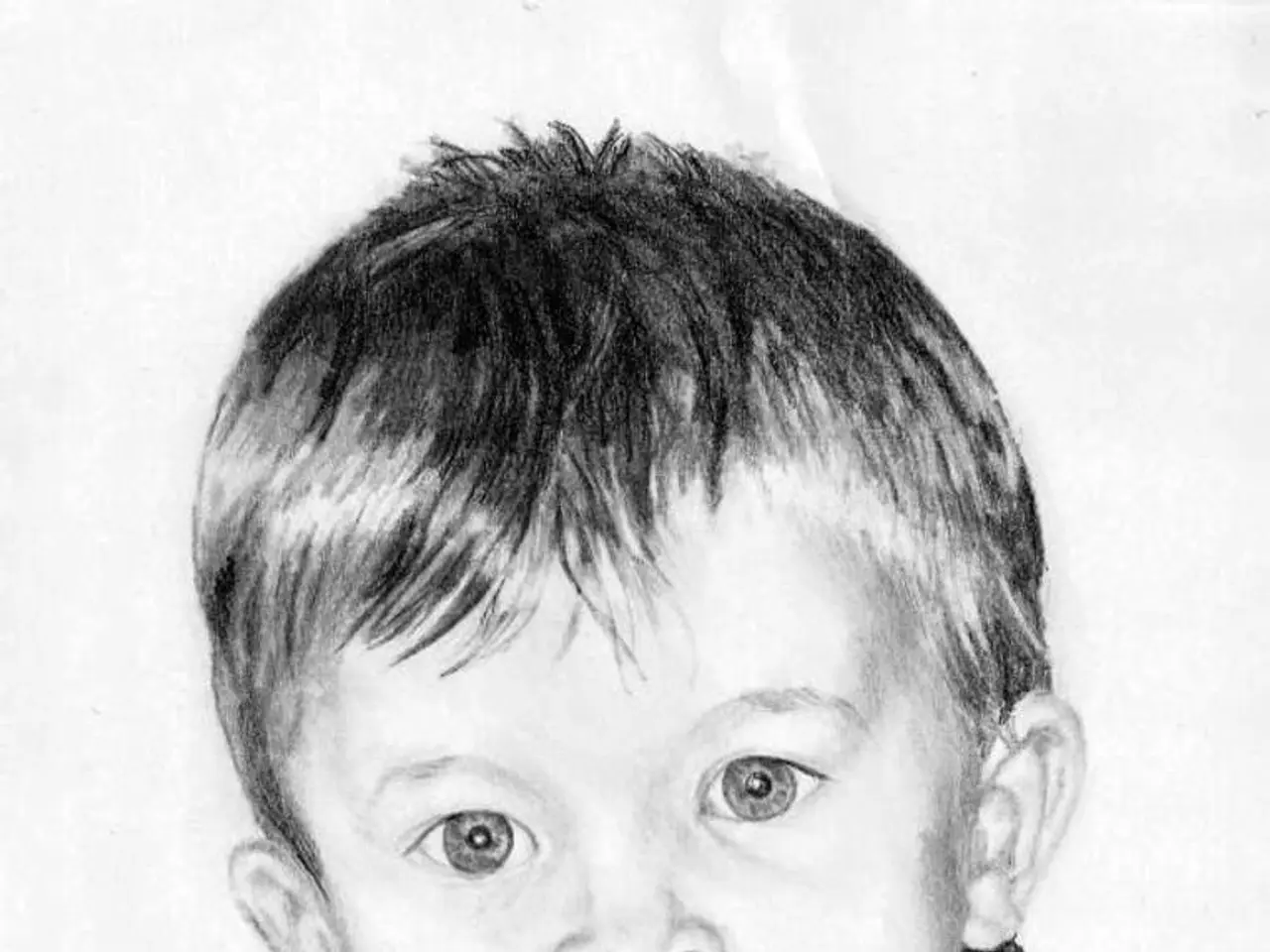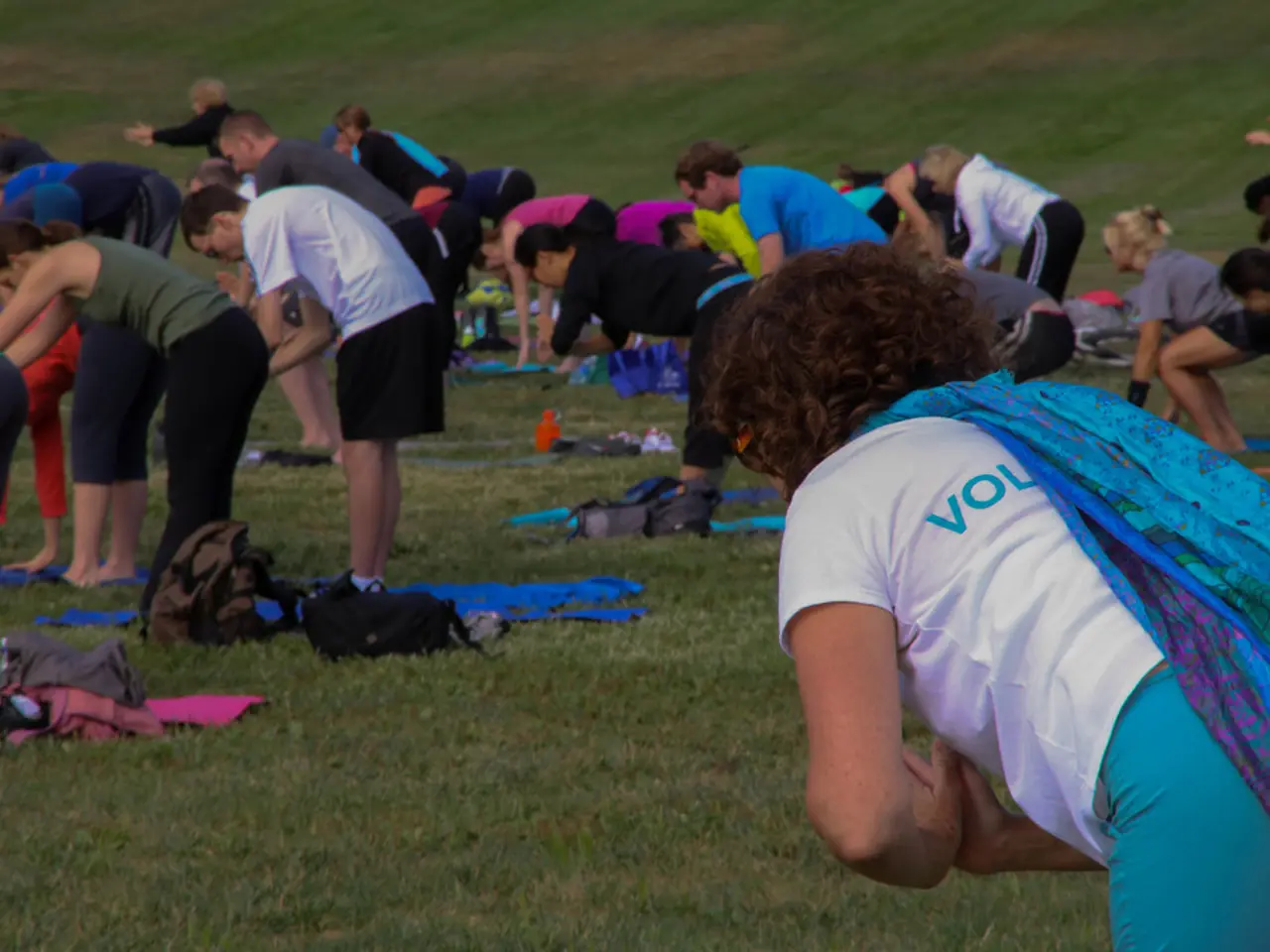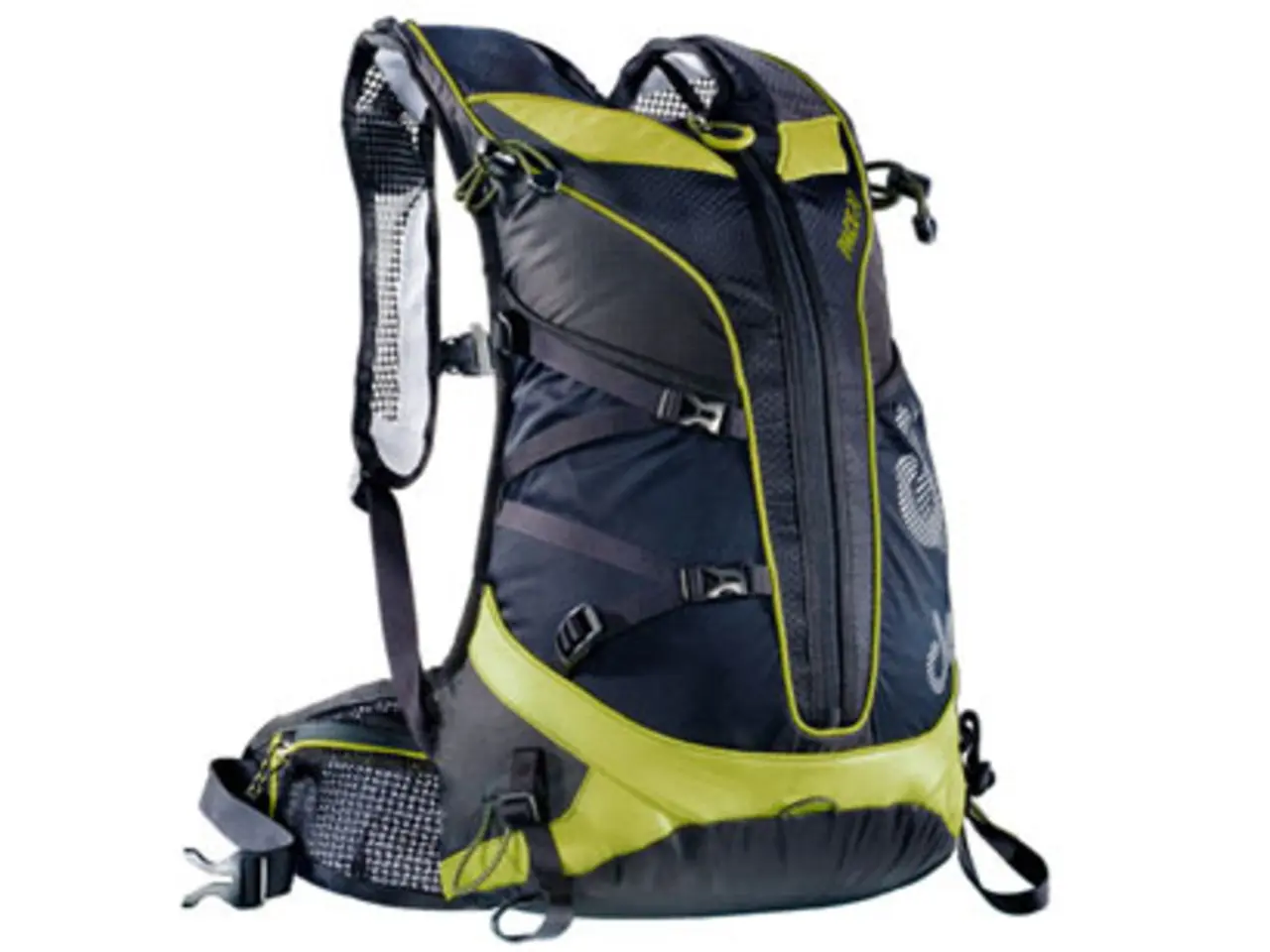Leg abnormalities known as bow legs, explained: Causes, remedies, additional insights provided
Article Title: Understanding Bow Legs in Children: Causes, Symptoms, and Treatments
Bow legs, also known as genu varum, are a common condition in children, particularly in infants and toddlers. However, if bow legs persist beyond the age of three, it may indicate an underlying issue that requires medical attention.
Causes
In many cases, bow legs are part of normal development in infants and toddlers. The condition usually corrects itself by the age of 2 or 3. Persistence beyond this age may suggest an underlying issue. Other common causes include Blount disease and rickets.
Blount disease is a growth disorder that affects the shin bone, causing it to bend outward abnormally. This condition is more common if bow legs worsen or remain asymmetrical. Rickets, a bone-softening disease caused by a deficiency in vitamin D or calcium, can also lead to bow legs, among other deformities.
Symptoms
The most noticeable symptom of bow legs is the curving outward of the legs, resulting in a gap between the knees when the feet are together. In some cases, bone pain and tenderness may occur, particularly with Blount disease or rickets. Other associated symptoms may include slow growth, delayed tooth eruption, or muscle weakness, which are more common with rickets. Changes in gait, difficulty walking or climbing stairs, a limp, or uneven posture may also be observed.
Treatments
For children who are close to age 3 and whose bow legs persist without other symptoms, observation may be sufficient. However, if bow legs do not correct themselves or if other symptoms are present, further evaluation may be necessary.
In cases of rickets, effective treatment involves correcting nutritional deficiencies through vitamin D and calcium supplementation and dietary adjustments. Bracing may be used for Blount disease in its early stages to help straighten the leg(s). If bracing is ineffective or the deformity is severe, surgical intervention may be required to realign the bones. Addressing symptoms like bone pain and functional difficulties as needed is also important.
In summary, bow legs beyond age 3 are not usually normal and warrant evaluation to rule out underlying conditions like Blount disease or rickets. Treatments range from nutritional supplementation to surgery, depending on the cause and severity of the condition. If you suspect your child has bow legs, it is important to consult with a healthcare professional for a proper diagnosis and treatment plan.
- In some cases, bow legs in toddlers may indicate an underlying issue that requires medical attention, signifying the need for a professional evaluation.
- Blount disease, a growth disorder, can cause the shin bone to bend outward abnormally, making it a potential cause of bow legs in children.
- Rickets, a bone-softening disease, can also lead to bow legs, encouraging medical professionals to investigate nutritional deficiencies.
- The most noticeable symptom of bow legs is the curving outward of the legs, resulting in a gap between the knees when the feet are together.
- Bone pain and tenderness may occur, particularly with Blount disease or rickets.
- Other associated symptoms may include slow growth, delayed tooth eruption, or muscle weakness, which are more common with rickets.
- Changes in gait, difficulty walking or climbing stairs, a limp, or uneven posture may also be observed.
- For children who are close to age 3 and whose bow legs persist without other symptoms, observation may be sufficient.
- However, if bow legs do not correct themselves or if other symptoms are present, further evaluation may be necessary to determine the cause and the best course of treatment.
- In cases of rickets, effective treatment involves correcting nutritional deficiencies through vitamin D and calcium supplementation and dietary adjustments.
- Bracing may be used for Blount disease in its early stages to help straighten the leg(s).
- If bracing is ineffective or the deformity is severe, surgical intervention may be required to realign the bones.
- Addressing symptoms like bone pain and functional difficulties as needed is also important to ensure proper healing and prevent further complications.
- Consulting with a healthcare professional for a proper diagnosis and treatment plan is essential if you suspect your child has bow legs.
- A proper understanding of bow legs in children can contribute to the field of science, helping researchers and medical professionals better understand developmental conditions.
- Proper nutrition and exercise are crucial elements of workplace-wellness programs, which can help prevent chronic diseases, such as rickets.
- Nutritional supplements like vitamin D can help address medical-conditions like rickets and subsequently improve digestive-health and eye-health.
- Regular hearing checks are essential for early detection and treatment in addressing related hearing issues related to medical-conditions like rickets.
- Maintaining a healthy lifestyle through fitness-and-exercise, proper nutrition, and consultations with healthcare professionals can help manage mental-health and well-being.
- Adequate sleep is essential for parents recovering from the stress and demands of raising a child with a chronic condition like rickets.
- Therapies-and-treatments, such as physical therapy, are available to help manage the symptoms of chronic diseases, including rickets and other musculoskeletal conditions.
- Medication and lifestyle modifications can help treat and manage autoimmune-disorders, allergies, and skin-conditions that may be associated with rickets.
- Caring for a child with a chronic condition like rickets may impact mens-health, including mental-health, fertility, and sexual-health concerns.
- Proper skincare, including sunscreen and regular check-ups for skin-conditions, is essential for both children and adults, especially those with chronic diseases like rickets.
- Monitoring cardiovascular-health, blood pressure, and cholesterol levels is crucial for managing the potential risks associated with chronic diseases like rickets.
- The healthcare industry can benefit from continued advancements in science, technology, and innovations in therapies-and-treatments for managing diseases like rickets.
- Medicare and other insurances can help cover the costs of treatments, medications, and consultations associated with managing chronic diseases like rickets.
- CBD oil may have potential benefits for pain management and reducing inflammation associated with conditions like Blount disease and rickets in children.
- Aging brings about unique health concerns, including neurological disorders, osteoporosis, and joint pain, making it essential for seniors to seek medical advice and wellness care.




